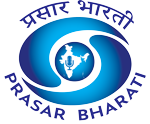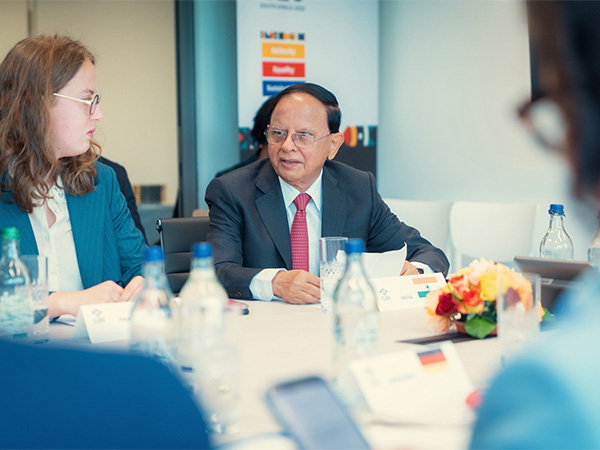Calling extreme heat a “global crisis,” Principal Secretary to the Prime Minister Dr. P. K. Mishra urged coordinated international action during a keynote address at the Special Session on Extreme Heat Risk Governance hosted by the United Nations Office for Disaster Risk Reduction (UNDRR) in Geneva on Thursday.
Dr. Mishra’s remarks echoed the urgency expressed by the UN Secretary-General, highlighting that rising temperatures now pose a systemic threat to public health, economic stability, and ecological resilience worldwide.
“Heatwaves are no longer seasonal inconveniences; they are transboundary, systemic risks—especially for densely populated urban areas,” Dr. Mishra said, emphasizing the need for global collaboration on early warning systems, climate-resilient infrastructure, and equity-focused interventions.
India’s Proactive Heat Risk Management
Detailing India’s experience, Dr. Mishra said the country has shifted from reactive disaster response to proactive and integrated heat risk management under the leadership of Prime Minister Narendra Modi.
He noted that since 2016, the National Disaster Management Authority (NDMA) has issued comprehensive national guidelines for heatwave management—revised in 2019—which have enabled decentralized action through Heat Action Plans (HAPs).
India now has over 250 cities and districts across 23 heat-prone states operating localized HAPs, supported by NDMA’s advisory and technical frameworks. The Ahmedabad Heat Action Plan, a pioneering model, was cited as a successful example of how early warning systems, inter-agency coordination, and community outreach can significantly reduce mortality during heatwaves.
Whole-of-Government, Whole-of-Society Approach
Dr. Mishra highlighted India’s “whole-of-government and whole-of-society” strategy, engaging ministries including health, agriculture, urban development, labor, power, education, and infrastructure.
“Extreme heat deeply impacts communities, and India has actively incorporated traditional wisdom and local experiences into its response,” he said, pointing to the role of schools in spreading climate awareness and of primary health centers in delivering frontline care during heat events.
India’s response also includes long-term urban resilience measures such as cool roof technologies, passive cooling centers, greening of urban spaces, and the revival of traditional water bodies. Importantly, the integration of Urban Heat Island (UHI) assessments into urban planning is becoming a standard practice in several cities.
Policy Shift to Enable Funding for Mitigation
Announcing a major policy shift, Dr. Mishra said that National and State Disaster Mitigation Funds (SDMF) can now be used for heatwave mitigation, allowing local governments, private sector entities, NGOs, and individuals to co-finance adaptation projects. This move, he said, reflects India’s commitment to shared responsibility and community-driven resilience.
A Call for Global Cooperation
While acknowledging India’s progress, Dr. Mishra identified key global challenges, including the need for a localized heat-humidity index using real-time data, and the development of affordable, culturally appropriate passive cooling innovations.
He stressed that vulnerable populations—such as women, outdoor workers, the elderly, and children—are disproportionately impacted by extreme heat, and called for international mechanisms to ensure equitable adaptation.
Concluding his address, Dr. Mishra affirmed India’s support for the UNDRR’s Common Framework for Extreme Heat Risk Governance, describing it as a vital platform for shared learning, data sharing, institutional capacity building, and joint research.
“India is fully committed to sharing its expertise, technical capacities, and institutional strengths with global partners,” he said. “We must ensure a resilient, coordinated, and proactive global response to the rising threat of extreme heat.”














